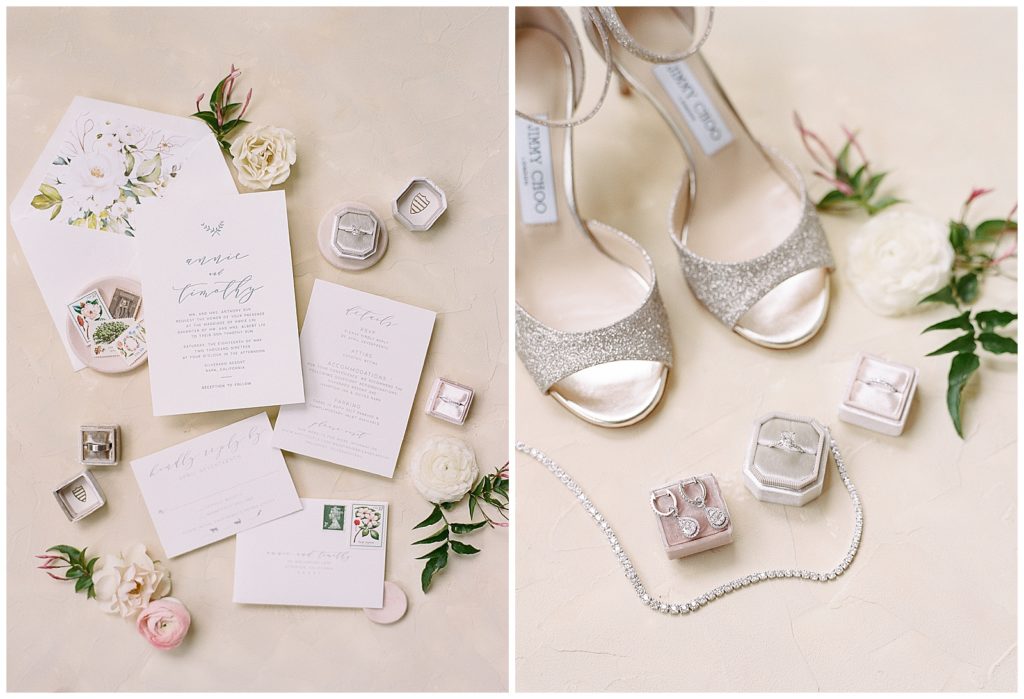Table of Contents
Tensions between Ukraine and Poland are increasing. This is evident in politics, but there is also a change in mood among the population. What holds both countries together is fear of Russia.
When Poland’s ex-president Aleksander Kwasniewski celebrated his 70th birthday, Leonid Kuczma also appeared via video to congratulate him. He was President of Ukraine – like Kwasniewski until 2005.
Kwasniewski’s political companion is appealing for understanding for his country’s perspective. “Even the closest friends have their own realities,” says Kuczma. “We seem to say the same thing, but with different intonations and different words. Even time passes differently in Ukraine. We also pay a different price. Where in the West you lose time to help Ukraine, we lose lives.”
Today, Polish-Ukrainian unity is being called into question by “the ambitions of individual actors on both sides of the border,” said Kuczma. This shouldn’t be allowed.
Mutual accusations
In fact, frustration is growing in Kyiv and Warsaw. Poland’s embargo on Ukrainian grain imports and Ukrainian President Volodymyr Zelensky’s demand that Poland help more and also fire Russian missiles over Ukrainian territory are leading to tensions.
Warsaw was just looking for excuses not to deliver more fighter jets, Zelensky said in October and received an equally clear rejection from Poland.
“Zelenskyj wants to drag Poland into war against Russia with such statements,” said Poland’s Deputy Prime Minister Krzysztof Gawkowski. “It is our duty to fight for Ukraine to exist and win the war. But certainly not to lead Poland into war against Russia.”
Foreign Minister Radoslaw Sikorski added that Zelensky must understand that Poland also has to deter Russia. He should better address his demands to states further west that are not so close to the front.
Historical review desired
Gone seem to be the days when Zelensky spoke in Warsaw about the Polish and Ukrainian hearts beating together and declared that there would be no political, economic and, above all, historical borders between Poland and Ukraine.
This is precisely where people in Warsaw would like to be accommodated – in the historical process of coming to terms with the Volhynia massacre of tens of thousands of Polish civilians, perpetrated by nationalists who are still revered in Ukraine today.
However, Kiev is opposed to the exhumation of the bodies, to the incomprehension of Polish Foreign Minister Sikorski: “Ukraine has agreed to the burial of 100,000 Wehrmacht soldiers. Our deceased and murdered people should not be treated worse.”
Change in mood among the population
The change in mood can also be felt among the population. Only a good half of Poles still want to accept refugees from Ukraine. Almost two thirds only want to help those who come directly from combat areas occupied by Russia.
What still holds both countries together is the fear of Russia. Poland’s Prime Minister Donald Tusk declared after his meeting with NATO Secretary General Mark Rutte: “Nothing about Ukraine without Ukraine. The EU member states must ensure that decisions about – God grant it – ending or freezing the conflict, in “in complete agreement with the states on the eastern flank, especially with Ukraine.”
Going it alone, like Chancellor Olaf Scholz’s call to Russian President Vladimir Putin, won’t help – Kiev and Warsaw agree on this. But the tensions are obvious, and they should please one person in particular: Kremlin boss Putin.
 1. How have Polish and Ukrainian perspectives on historical borders evolved over time, particularly in relation to the Volhynia massacre?
1. How have Polish and Ukrainian perspectives on historical borders evolved over time, particularly in relation to the Volhynia massacre?
2. What are some of the key challenges faced by Poland and Ukraine in their current relationship, and how do they differ from earlier times?
3. How have attitudes among the Polish population changed towards accepting refugees from Ukraine, and what factors have contributed to these shifts?
4. What role does the fear of Russia play in shaping the relationship between Poland and Ukraine, and how might it change over time?
5. How important is it for Poland and Ukraine to work together in the face of Russian aggression, and what challenges do they face in doing so?

